Before heading off on your boating adventure next holidays, be sure to check out the destinations regulations for marine pests.
The pest species New Zealand is trying to keep out come in on ship bottoms in major ports and are invasive to our waters.
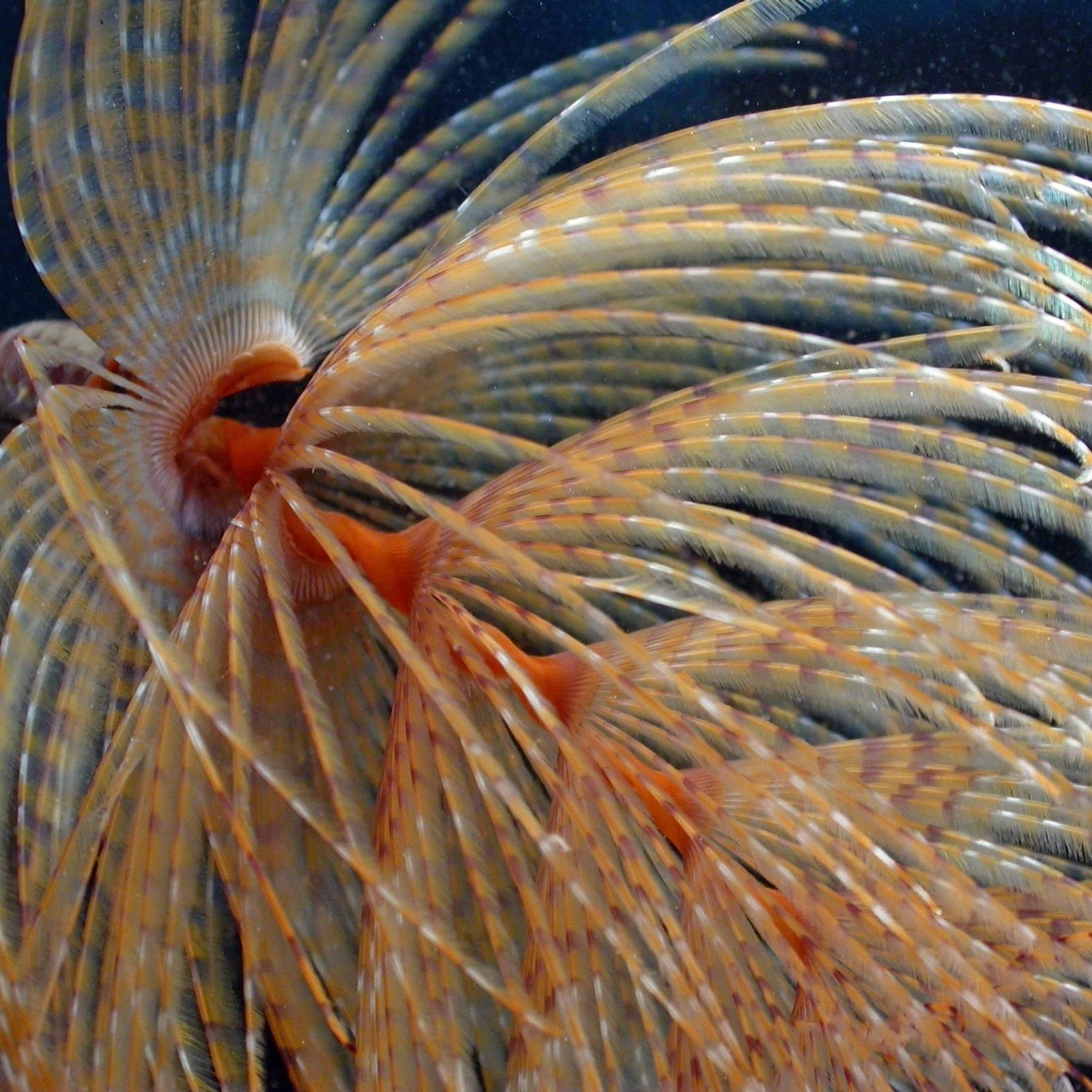
Meditarranean fanworm (Sabella spallanzanii)
A fast breeder with no known predators. They form dense colonies and compete with mussels and oysters for food. Can look like some native NZ fan worms but the Meditarranean fanworm is larger and has one single fan (instead of the usual two). Usually found on boat hulls, soft mud or anchored to solid surfaces like rocks, up to 30m deep.
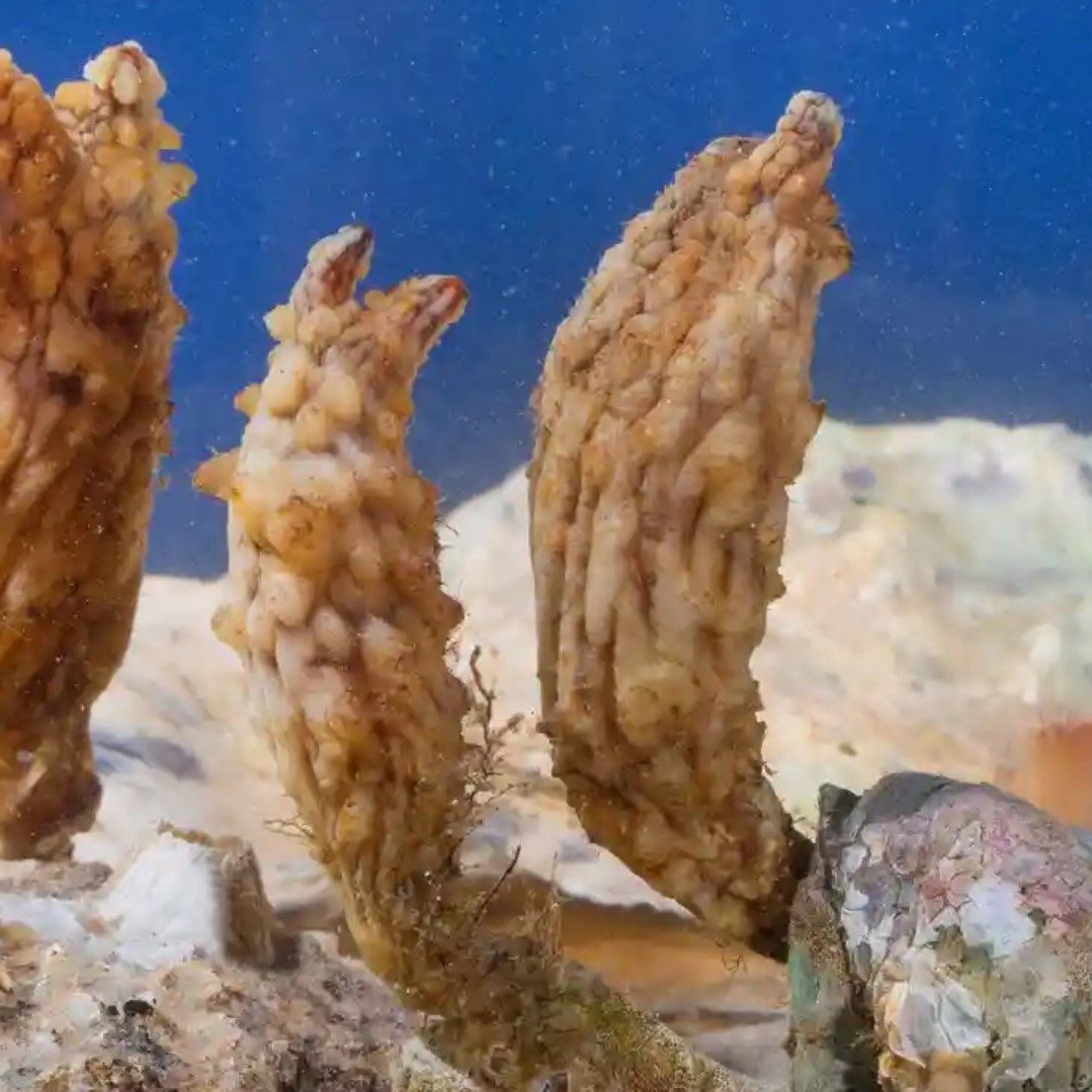
Clubbed tunicate sea squirt (Styele clava)
The brown coloured, club shaped sea squirt can reach high densities and out competes native species for habitat and food. It can grow up to 16cm and has a stalk that it uses to attach itseld to hard surfaces such as rocks, boat hulls or marine structures.
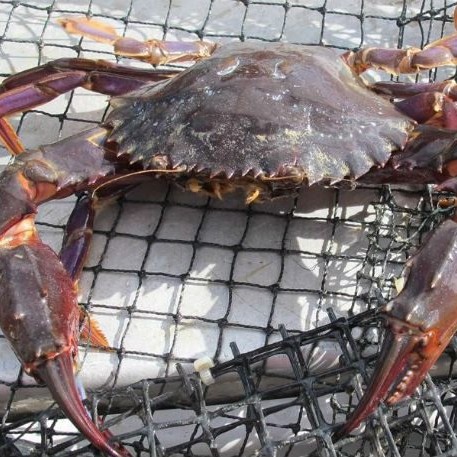
Asian paddle crab (Charybdis japonica)
An aggressive swimming crab that’s native to South East Asia. They live in estuaries where there’s firm or fine muddy sand. Adult shells grow up to 12cm wide and range in colour from pale green, olive green or chestnut brown. Most easily distinguished from the native paddel crab by their black tipped pincers.
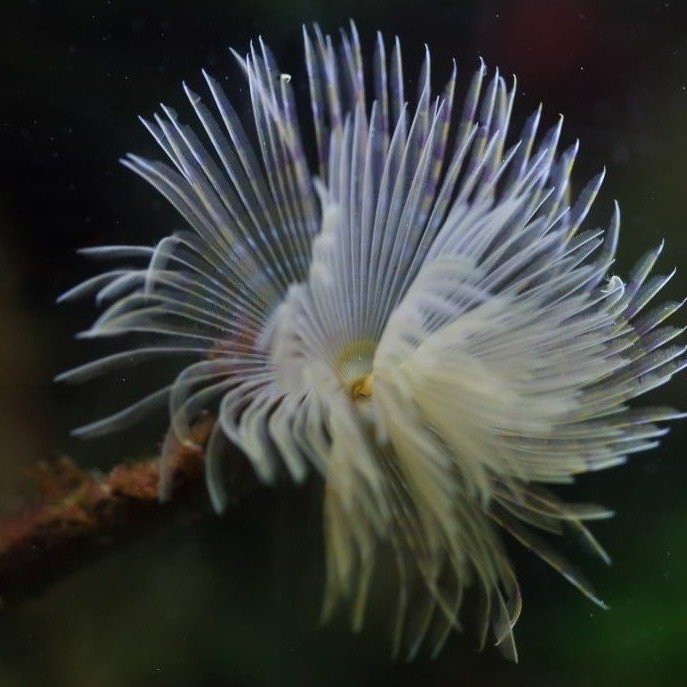
Meditarranean fanworm (Sabella spallanzanii)
A fast breeder with no known predators. They form dense colonies and compete with mussels and oysters for food. Can look like some native NZ fan worms but the Meditarranean fanworm is larger and has one single fan (instead of the usual two). Usually found on boat hulls, soft mud or anchored to solid surfaces like rocks, up to 30m deep.
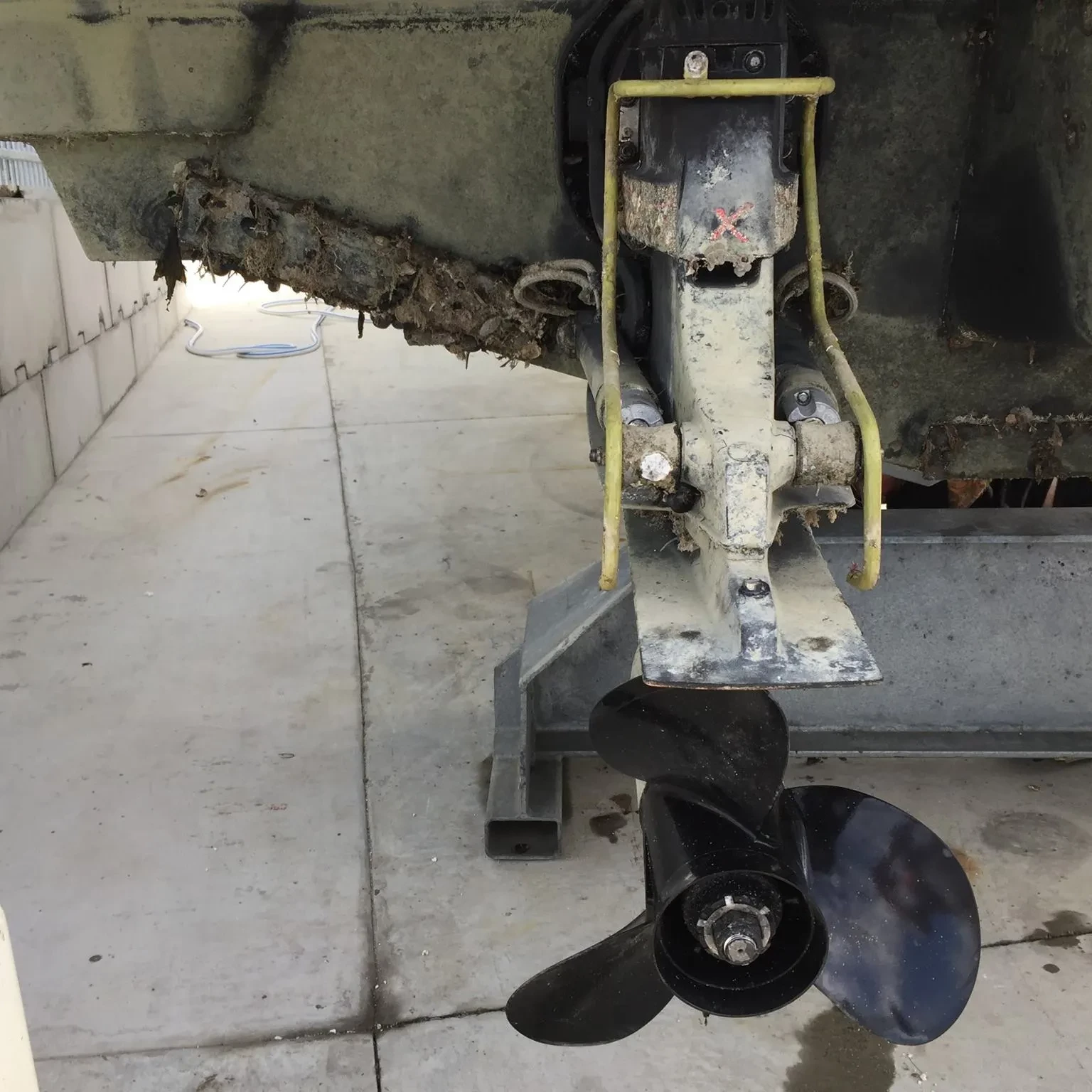
Regional marinas and local authorities, do not want boats to bring marine pests into their regions and take a very dim view of people who flout the rules.
These pest are easily transferred from the growth on a hull and a good way to avoid that is have Tamaki Marine Park water blast your boat and then issue a certificate to take with you.
This will reassure the marina manager that you have a clean hull and this can be arranged prior to travelling. Not only does this help with your booking but also shows you care about this topic and also care about the region you are visiting.
It is recommend you book in advance to confirm availability and timing. Don’t forget to ask for your certificate.
An example some of the Northland marinas have very strict rules and will only accept a hull with light fouling.
“Light fouling’ means no more than small patches (up to 100mm in diameter) of visible fouling, totalling less than 5% of the hull and niche areas. A slime layer and/or barnacles are ok.
Clean below? Good to go!
Before leaving an area, make sure your hull’s clean. The best way of doing this is to regularly anti-foul your vessel and/or regularly wipe the hull clean with a soft cloth that removes the slime layer if this is suitable for your anti-foul. Check the in-water cleaning rules. If your vessel is clean and free from marine pests, provide photos of the hull and niche areas such as bow thruster, intakes and the bottom of the keel and email them to marinebiosecurity@nrc.govt.nz prior to leaving on your trip.
Rule 1: The occupier in charge of a craft moving to, or within Bay of Plenty waters must ensure the hull is sufficiently cleaned and antifouled, so that the hull has no more than a slime layer and/or barnacles.
Rule 2: All aquaculture equipment (including ropes and floats) used within Bay of Plenty waters must not have been used outside Bay of Plenty waters or used within a known pest incursion zone in the Bay of Plenty.
